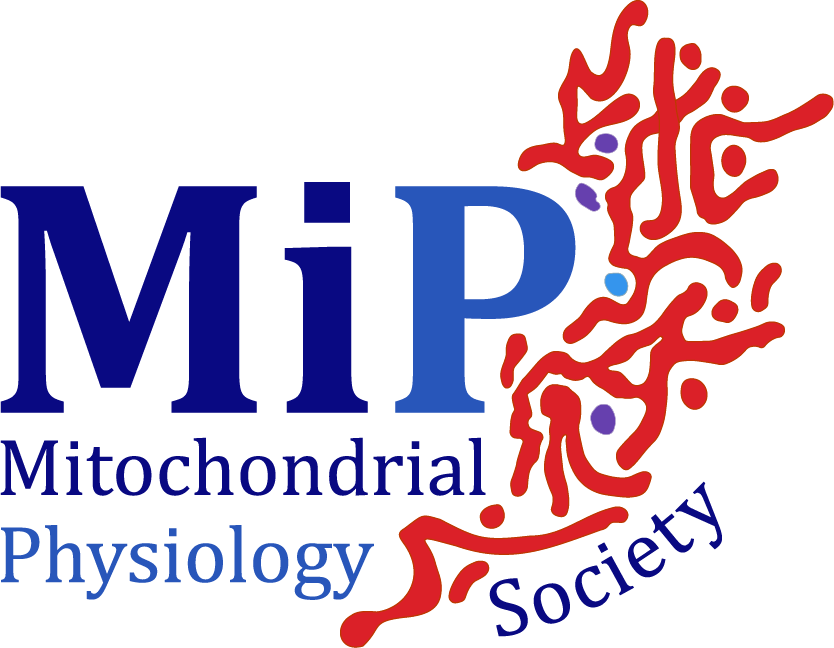The extraordinary energy metabolism of the bloodstream Trypanosoma brucei forms: a critical review and hypothesis
DOI:
https://doi.org/10.26124/bec:2022-0017Keywords:
alternative oxidase, glycerol phosphate, reactive oxygen species, cell death, Trypanosoma brucei, mitophagy, antioxidantAbstract
The parasite Trypanosoma brucei is the causative agent of sleeping sickness and involves an insect vector and a mammalian host through its complex life cycle. T. brucei mammalian bloodstream forms (BSF) exhibits unique metabolic features including: (1) reduced expression and activity of mitochondrial enzymes; (2) respiration mediated by the glycerol phosphate shuttle (GPSh) and the Trypanosome alternative oxidase (TAO) that is intrinsically uncoupled from generation of mitochondrial protonmotive force; (3) maintenance of mitochondrial membrane potential by ATP hydrolysis through reversal of F1FO-ATP synthase activity; (4) strong reliance on glycolysis to meet their energy demands; (5) high susceptibility to oxidants. Here, we critically review the main metabolic features of BSF and provide a hypothesis to explain the unusual metabolic network and its biological significance for this parasite form. We postulate that intrinsically uncoupled respiration provided by the GPSh-TAO system acts as a preventive antioxidant defense by limiting mitochondrial superoxide production and complementing the NADPH-dependent scavenging antioxidant defenses to maintain redox balance. Given the uncoupled nature of the GPSh-TAO system, BSF avoids cell death processes by maintaining mitochondrial protonmotive force through the reversal of ATP synthase activity using the ATP generated by glycolysis. This unique “metabolic design” in BSF has no biological parallel outside of trypanosomatids and highlights the enormous diversity of the parasite mitochondrial processes to adapt to distinct environments.
Cite:
Alencar MB, Ramos EV, Silber AM, Zíková A, Oliveira MF (2022) The extraordinary energy metabolism of the bloodstream Trypanosoma brucei forms: a critical review and hypothesis. Bioenerg Commun 2022.17. https://doi.org/10.26124/bec:2022-0017

Downloads
Additional Files
Published
License
Copyright (c) 2022 Mayke Alencar , Emily Ramos , Alena Zíková, Ariel Silber , Marcus Oliveira

This work is licensed under a Creative Commons Attribution-NonCommercial-NoDerivatives 4.0 International License.



